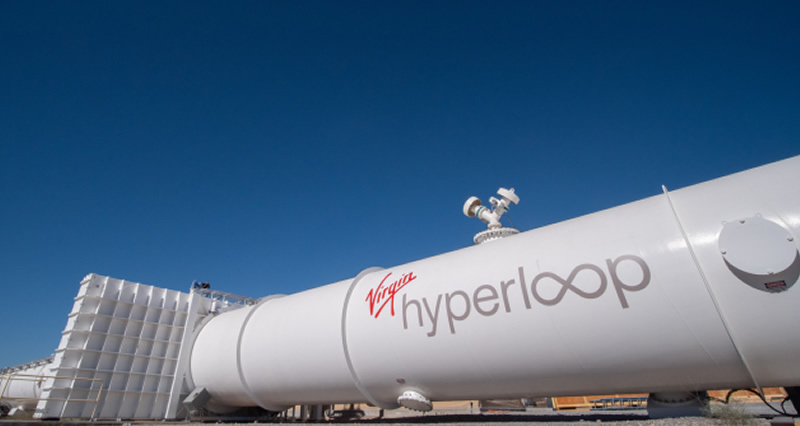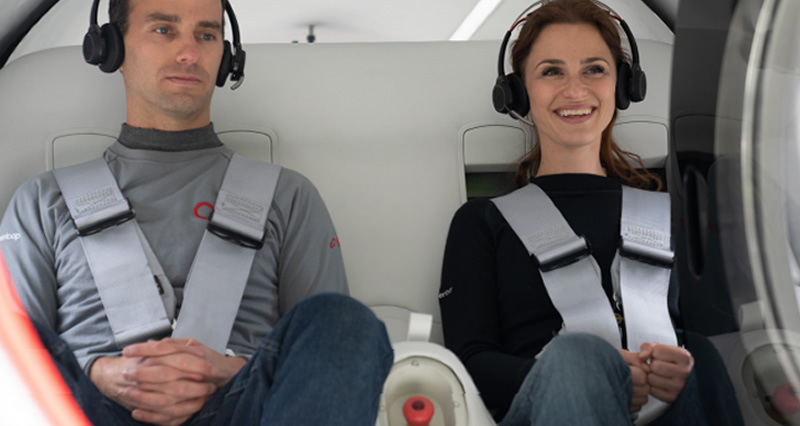
The Virgin Hyperloop is a futuristic form of transport that sounds like it belongs in a retro sci-fi film; a train speeding along inside a vacuum tube, reaching more than 100mph, and eventually aiming for more than 600mph.
But it’s very real, and it’s just carried its very first passengers. This ambitious new transport project is being developed by Virgin, although it’s also got its roots in Elon Musk’s imagination too.
His vision of combining maglev (magnetic levitation) to elevate and then propel a train along on a frictionless journey at incredible speeds is finally taking shape.
The first test run with two real passengers took place in the Nevada desert, over 500 metres of tube-shaped track.

It may have lasted a mere 15 seconds, but it may be the beginning of the first new mode of mass transport in a century.
Virgin hopes to have the technology safety certified by 2025 so they can begin the serious work on Hyperloop by 2030. But it could be that the trickiest work is still ahead.
Despite the number of countries that have expressed an interest in exploring these trains of tomorrow, there’s a phenomenal amount of infrastructure involved, and it could seriously slow down the development of this high speed transport – at least in Europe. In the Middle East, however, things look a little different.
With more easily navigable planning processes, more money, and big flat stretches of desert, we could see the first working Virgin Hyperloop connecting Abu Dhabi and Dubai.
Reports from the two passengers who took the test flight (both Virgin Hyperloop employees) were very positive.
Neither reported feeling ill, and were able to sit comfortably and wear normal clothing for the very brief and very fast trip to the future.
Find out more at virginhyperloop.com.
